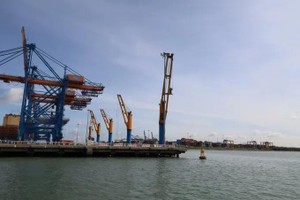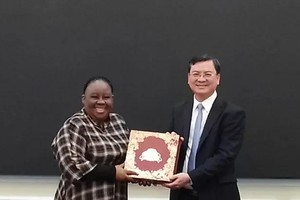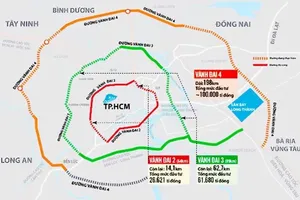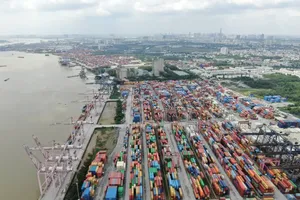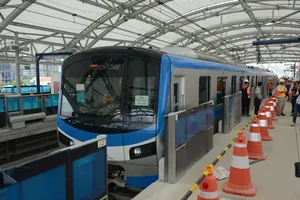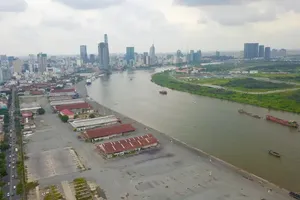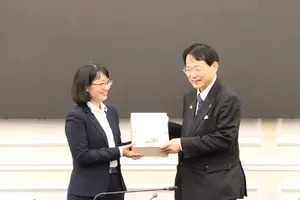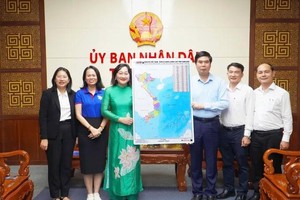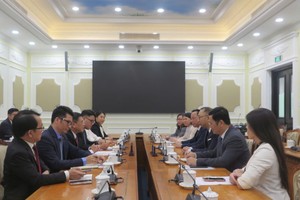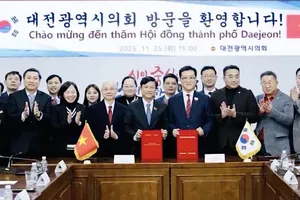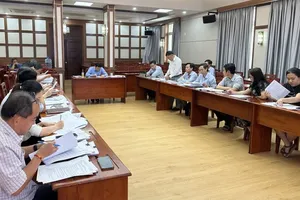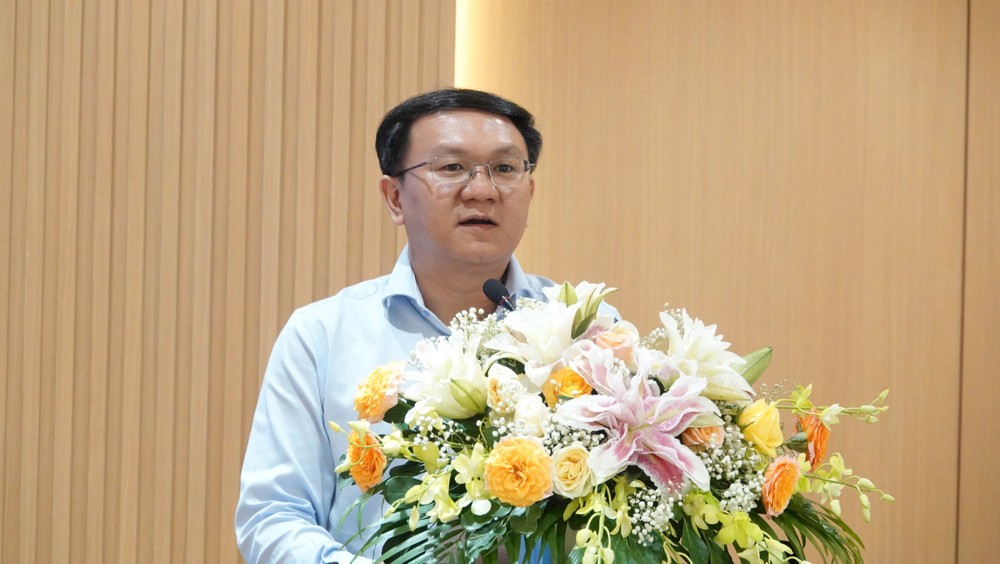
The Department of Information and Communications today coordinated with Ho Chi Minh City University of Economics to organize a seminar with the topic ‘Study on solutions to develop Ho Chi Minh City's digital economy’. The workshop is part of a digital economic development research project chaired by the Department of Information and Communications of Ho Chi Minh City.
According to Director Lam Dinh Thang of the city Department of Information and Communications, the government assigned Ho Chi Minh City’s digital economy to contribute 22 percent to the city's GRDP index by 2024, and it will be 40 percent by 2030. To achieve that goal, Ho Chi Minh City promotes digital economic development in important sectors such as education, health care, social security, and tourism.
Meanwhile, the city also supports small and medium-sized enterprises’ digital transformation and focuses on developing Quang Trung Software Park (QTSC) and Saigon Hi-Tech Park (SHTP), which play an important role in the production and export of software and high-tech products of Ho Chi Minh City.
Ho Chi Minh City wants to develop the digital economy in all industries and fields, not just in industries and fields of core digital economy such as information technology and telecommunications.
Mr. Lam Dinh Thang said that the promising eco-digital economy in Ho Chi Minh City is poised for tremendous growth in the coming years, requiring effective solutions to measure this rapid development process.
Ho Chi Minh City currently has a measurement of the annual growth rate, but there is no assessment of the sustainability of the digital economy. Ho Chi Minh City urgently needs tools to periodically measure the development process of the digital economy to have new solutions or timely policy adjustments.
The research team from the Ho Chi Minh City-based University of Economics presented methods for collecting data, analyzing and evaluating the digital economy for Ho Chi Minh City. These modern and effective technology-applied solutions ensure the locality of the urban area along the Saigon River. Accordingly, the research team proposed to use the datasets of the Organization for Economic Co-operation and Development (OECD).
Regarding the measurement methodologies, the research team developed them in four steps. Step 1 is to determine the contribution coefficient of digital economic sectors. Step 2 is to adjust the contribution coefficient. Step 3 is to determine the value of the core digital economy's contribution to GRDP. Step 4 is to calculate the proportion of added value contribution of the digital economy in GRDP.
At the conference, economist Jaeuk Ju from the Seoul Policy Research and Consulting Agency shared about how to measure the digital economy in Korea. Accordingly, Korea conducts an economic survey every 5 years by industry. The main indicators are the number of businesses, employment, sales, and added value. Based on the government's measurement results, local authorities will have specific policies. For example, the government in Seoul has established industrial park clusters equipped with modern facilities and supported startups.
